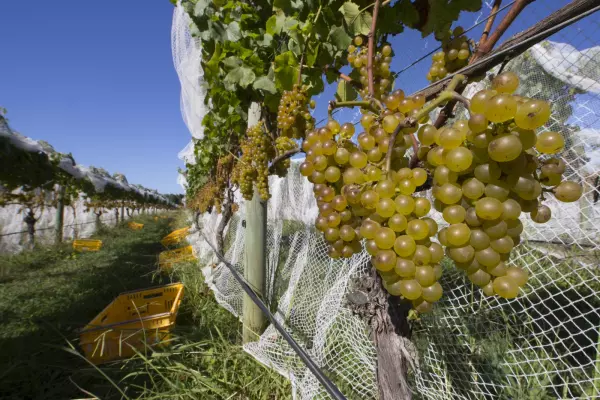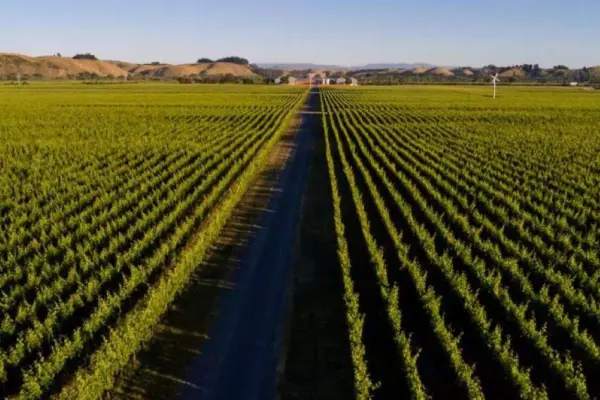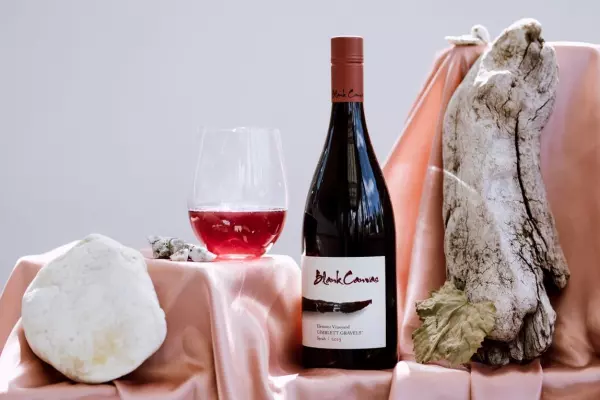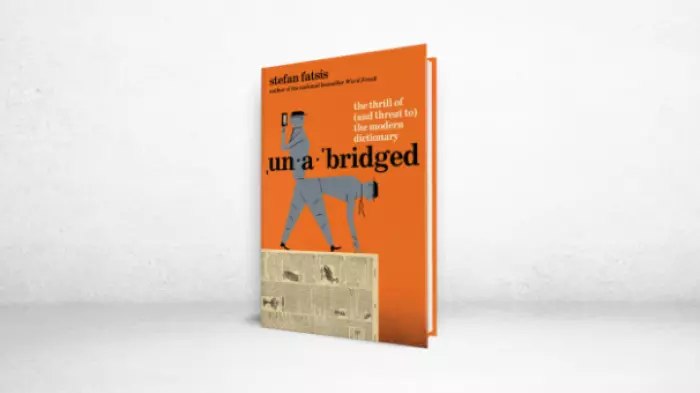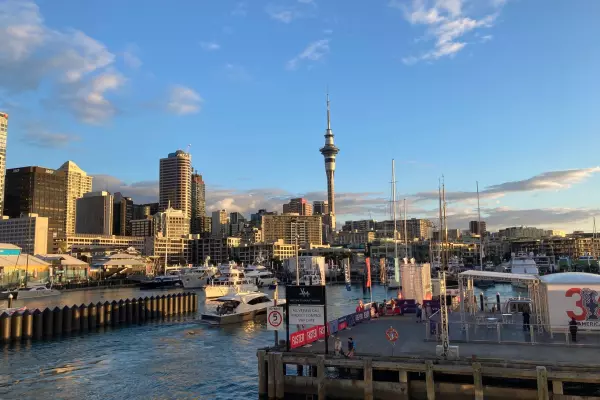Winter is upon us. Say goodbye to salads and sauvignon and hello to casseroles and cabernet. I’ve been enjoying winter fare and rich reds for several weeks.
Each year, I look forward to transitioning to winter more than the move back to summer. I know I will miss the barbecue, but a (pretend) open fire helps to fill the gap.
By my calculation, only one bottle of New Zealand wine in every case of 12 is red. The rest are white or sparkling. I guess white wine suits the Kiwi outdoor lifestyle and love of kai moana.
Europeans, on the other hand, drink far more red wine than white. I recall joining a group of French wine lovers from Tahiti and being surprised at their total disregard for white wine – and their love of reds.
Why would anyone who lives on a tropical island with a high fish diet favour red wine? “We 'ave always drunk red,” appeared to be the answer.
My theory is that it is very hard to make palatable white wine without refrigeration unless you live in a country that enjoys a cool autumn, which will naturally control the fermentation temperature.
Temperature-controlled tanks didn’t start appearing in wineries until the early 1940s. Wine drinkers in Spain, Italy and France must have been given some fairly ropey white wine prior to the second world war. So, they drank red.
Red wine is produced from red grapes, where white wine can be produced from either red or white.
For reds, the heat of fermentation and the solvent action of the forming alcohol extract the colour, taste and structure (the astringent tannic backbone we commonly associate with hearty reds) from the skins, seeds and stems.
If you gently press bunches of red grapes and retrieve the pale-pink juice before it gains too much colour, you have a white wine, or perhaps a rosé.
It's also possible to make a red wine, and then fine the colour out of it using activated carbon, an invasive process that strips much of the flavour as well.
Here are some common red wine questions:
Q. I’m expecting dinner guests who I don’t think are red wine drinkers, but I want to serve a red meat dish. What’s the best wine choice?
A. Choose a soft red made from thin-skinned grapes, such as pinot noir or merlot. These crowd-pleasing styles will hit the spot with a wider range of people than gutsier reds. They are also very food-friendly wines.
Q. For a christening, I want to buy a wine that will last for 21 years. What should I choose?
A. You need a big, gutsy red with plenty of mouth-gripping tannins. The wines will soften with age as the tannins extend their life. Try a cabernet sauvignon (or a blended cabernet sauvignon) or perhaps a full-flavoured syrah, preferably sealed with a screwcap. The wine should be stored in a cool spot where the temperature doesn’t fluctuate.
Q. What food should I match with a big gutsy red such as a cabernet sauvignon or syrah?
A. Cabernet and syrah are food-fussy wines that match a relatively narrow band of dishes. Lamb or duck are a good choice because they are high-fat, high-flavour meats that offer a good match to big, flavoursome reds. The fattiness in the meats will also help to smother firm tannins. Meat served rare or medium-rare will have a greater softening effect on a gutsy red wine than meat served well done.
Which style?
To make sense of red wines it is useful to group them by style, from soft and light-bodied to firm and full-bodied:
Pinot noir (soft, smooth and light-bodied)
Best NZ regions: Every region from Central Hawke’s Bay south.
Typical flavours: Cherry, plum, strawberry, spice.
When to drink: 2-10 years from vintage.
Food matches: Food-friendly. Red meat, roast chicken, turkey and even salmon.
The best: Ata Rangi 2019 Pinot Noir, Martinborough, $80.
Budget buy: Leefield Station 2019 Pinot Noir, Marlborough, $27.99.
Merlot & blends (reasonably soft, light- to medium-bodied)
Best NZ regions: Waiheke Island and Hawke’s Bay.
Typical flavours: Mulberry, raspberry, red currant.
When to drink: 2-10 years from vintage.
Food matches: Food-friendly. Red meats, turkey.
The best: Craggy Range 2020 Sophia, Hawke’s Bay, $120
Budget buy: Mills Reef 2020 Reserve Merlot, Hawke’s Bay, $25.
Syrah/shiraz (moderately firm, medium-bodied)
Best NZ regions: Waiheke Island and Hawke’s Bay.
Typical flavours: Plum, blackcurrant, liquorice, pepper.
When to drink: 3-13 years from vintage.
Food matches: Roast duck (duck confit for older wines).
The best: Te Mata 2020 Bullnose Syrah, Hawke’s Bay, $74.90.
Budget buy: Squawking Magpie 2020 The Chatterer, Hawke’s Bay, $24.45.
Cabernet sauvignon & blends (gutsy, medium- to full-bodied)
Best NZ regions: Waiheke Island and Hawke’s Bay.
Typical flavours: Blackberry, cedar, black olive.
When to drink: 4-15 years from vintage.
Food matches: Lamb (braised lamb for older wines).
The best: Paritua 2019 21:12, $130.
Budget buy: First Flight 2020 Cabernet Sauvignon Merlot, Hawke’s Bay. $19.95.





